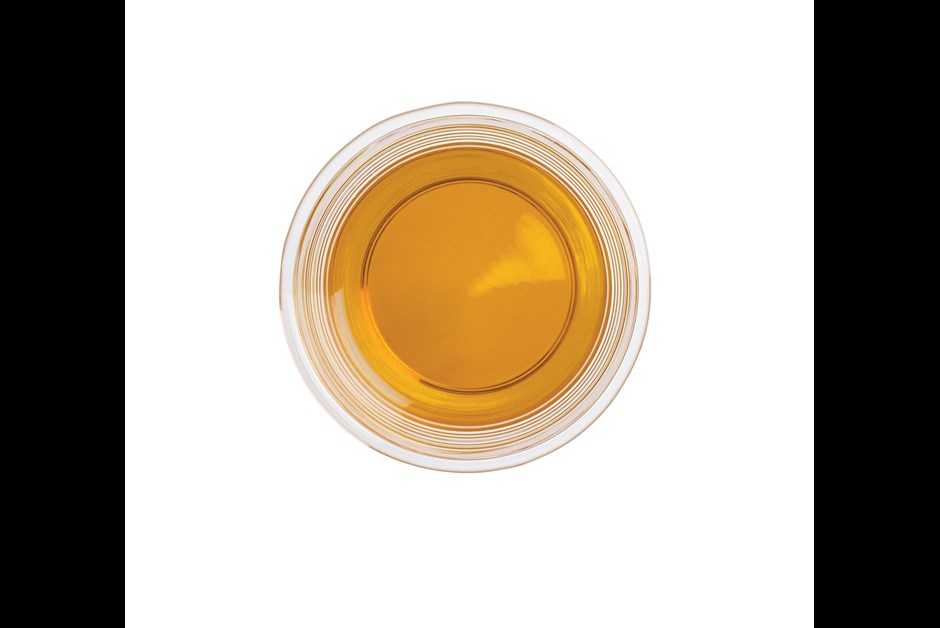Tequila 101
Tequila 101
Learn to appreciate the mature side of Mexico’s famed spirit.
By Eve Thomas
Put down that shot glass. Unplug the blender. Tequila is having its moment, but you’ll need to set aside the college-party clichés if you want to savor the Mexican spirit like a pro.
First off, learn the lingo. Tequila comes from agave, an aloe-like plant that must grow for at least eight years before it can be harvested by specially trained jimadores. If a label reads 100-percent de agave, that means nothing is added that could affect color or flavor. Meanwhile, a tequila’s maturation is signaled by reposado, for those aged up to a year in wooden barrels or tanks, or añejo, for those aged up to three years. For example, after 14 months in American oak, a bottle of Casamigos Añejo will pick up hints of spice, caramel and vanilla, as well as a light amber hue (making it a favorite of Casamigos co-founder George Clooney).
Another vital tasting note: When you’re ready for that very first sip, skip the salt and lime. Tequila fans treat the spirit like a fine whiskey, serving it neat and at room temperature. Try a tasting flight at Fairmont Scottsdale Princess’s Mexican restaurant, La Hacienda, put together by a dedicated tequila sommelier (who can also help pair your meal with over 200 types of tequila, in place of wine). Or go ahead and order a cocktail like the Pomegranate Paloma or a classic margarita, served over ice. After all, there’s really no wrong way to drink tequila, whether you sip it or shake it up, but knowing where it comes from – and how to spot quality – will help you appreciate this complex spirit all the more.
